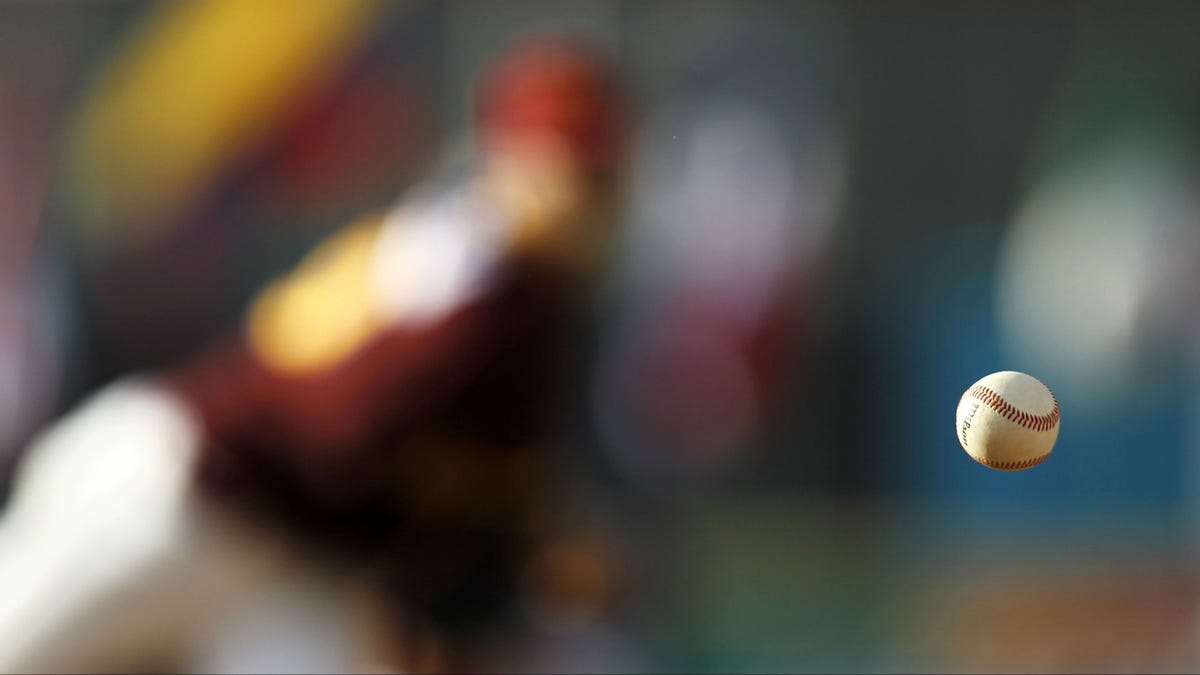From a physics standpoint it's both very complicated and fairly simple depending on how much you want to go into detail. Unfortunately this is not a physics forum, we're trying to improve at the sport of tennis.
OP's original article is pretty straightforward. Hit dynamically with your whole body and learn to hit on the rise and be aggressive. That's fine. The physics squabbling has pretty much derailed the whole thread without any gain. It's like if someone made a thread on how to dunk in basketball and the thread was about whether you do pull the earth towards you when you jump.
In a world where pretty much everyone has a HD video recorder on their phone and we have access to thousands of hours of high quality tennis footage on youtube, a text article describing a technique just doesn't really cut it, or at best is just invitation into pages of arguing. If you're feeling lazy, find some footage of pro's demonstrating your idea. If you're really keen, buy a $20 tripod for your phone and demo hitting some balls on a court. If you espouse at once that both pros are unable or unaware of your brilliant idea and additionally you are incapable of demonstrating it because of a college injury or your phone is broken then you're just begging for pages of silly arguing about your ideas.



